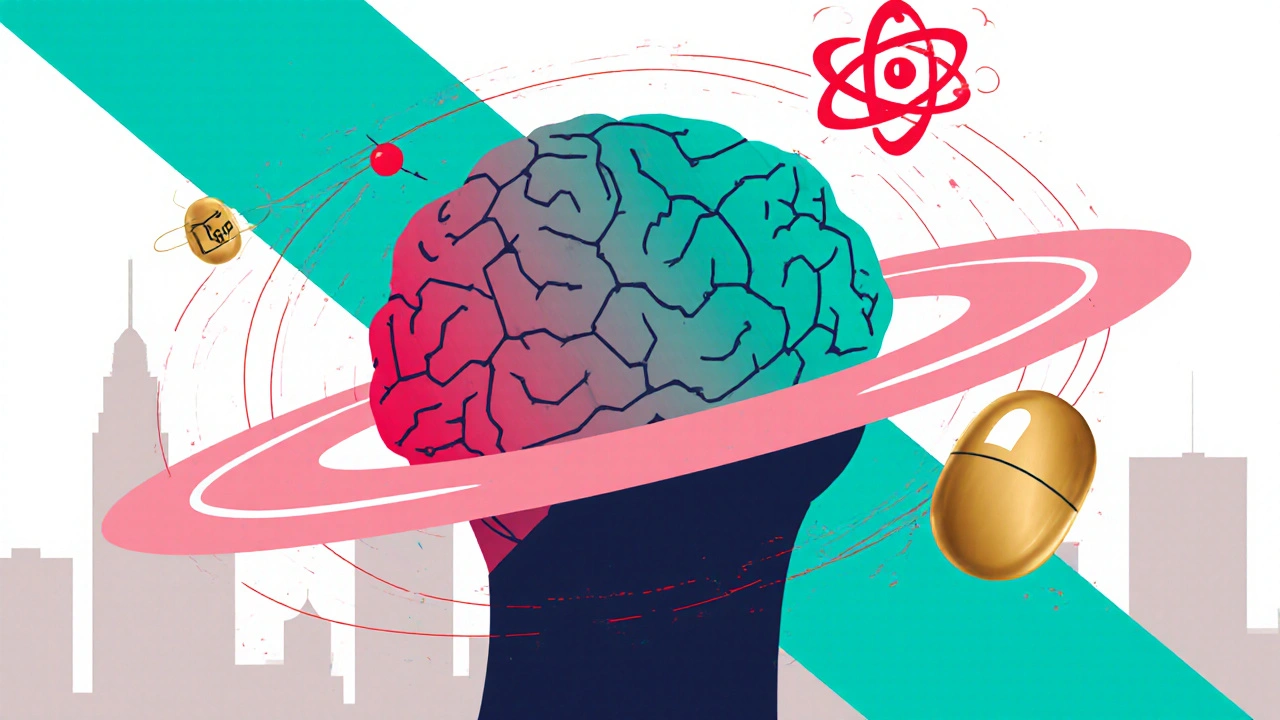Iron Deficiency: What You Need to Know
When dealing with iron deficiency, a condition where the body lacks enough usable iron to make healthy red blood cells. Also known as low iron, it can sneak up on you and affect energy, focus, and overall health. Iron deficiency isn’t just a lab number; it shows up as fatigue, shortness of breath, and cravings for non‑food items. Understanding it starts with recognizing that iron is the backbone of hemoglobin, the protein that carries oxygen.
One of the most common outcomes of iron deficiency is anemia, a reduction in red blood cell count that leads to reduced oxygen delivery. When iron levels drop, the bone marrow can’t produce enough healthy red cells, so you feel tired faster. Another key player is ferritin, the protein that stores iron in the liver and releases it when needed. Low ferritin is a red flag that your iron stores are depleted, even before anemia shows up. To get back on track, most doctors recommend iron supplements, tablet or liquid forms of elemental iron used to raise blood iron levels. These can be ferrous sulfate, gluconate, or newer formulas that are gentler on the stomach.
Diet, Lifestyle, and Testing
Beyond pills, dietary iron, the iron you get from food sources like red meat, beans, and leafy greens plays a huge role. Heme iron from meat is absorbed more efficiently than non‑heme iron from plants, but pairing plant foods with vitamin C (like bell peppers or citrus) can boost absorption. Testing usually starts with a complete blood count (CBC) to spot anemia, followed by a ferritin test to gauge stores. If you’re vegetarian, you might need higher iron intake or a supplement because plant‑based iron is harder for the body to use.
Managing iron deficiency also means watching out for factors that block absorption. Calcium, certain antacids, and even coffee can hinder iron uptake, so it’s best to take supplements between meals and avoid dairy at the same time. Chronic blood loss—whether from heavy periods, gastrointestinal bleeding, or frequent donations—can drain iron quickly, turning a mild shortfall into severe anemia. In those cases, treating the underlying cause is as important as restoring iron levels.
Putting it all together, the pathway looks like this: low dietary iron or chronic loss → reduced ferritin → iron deficiency → anemia. Each step connects to the next, so fixing the problem often requires a multi‑pronged approach: boost intake, correct absorption blockers, and address any hidden bleeding. The good news is that most people see improvement within weeks once they follow a tailored plan.
Below you’ll find a curated collection of articles that dive deeper into each of these topics—whether you need a quick guide on the best iron supplements, tips for raising ferritin naturally, or strategies to spot anemia early. These resources will give you the practical details you need to take control of your iron health.
Iron‑Folic Acid for Brain Health: How to Boost Cognitive Performance
Learn how iron‑folic acid supports brain health, boosts memory and focus, and discover practical ways to use the supplement for better cognitive performance.
Read more
